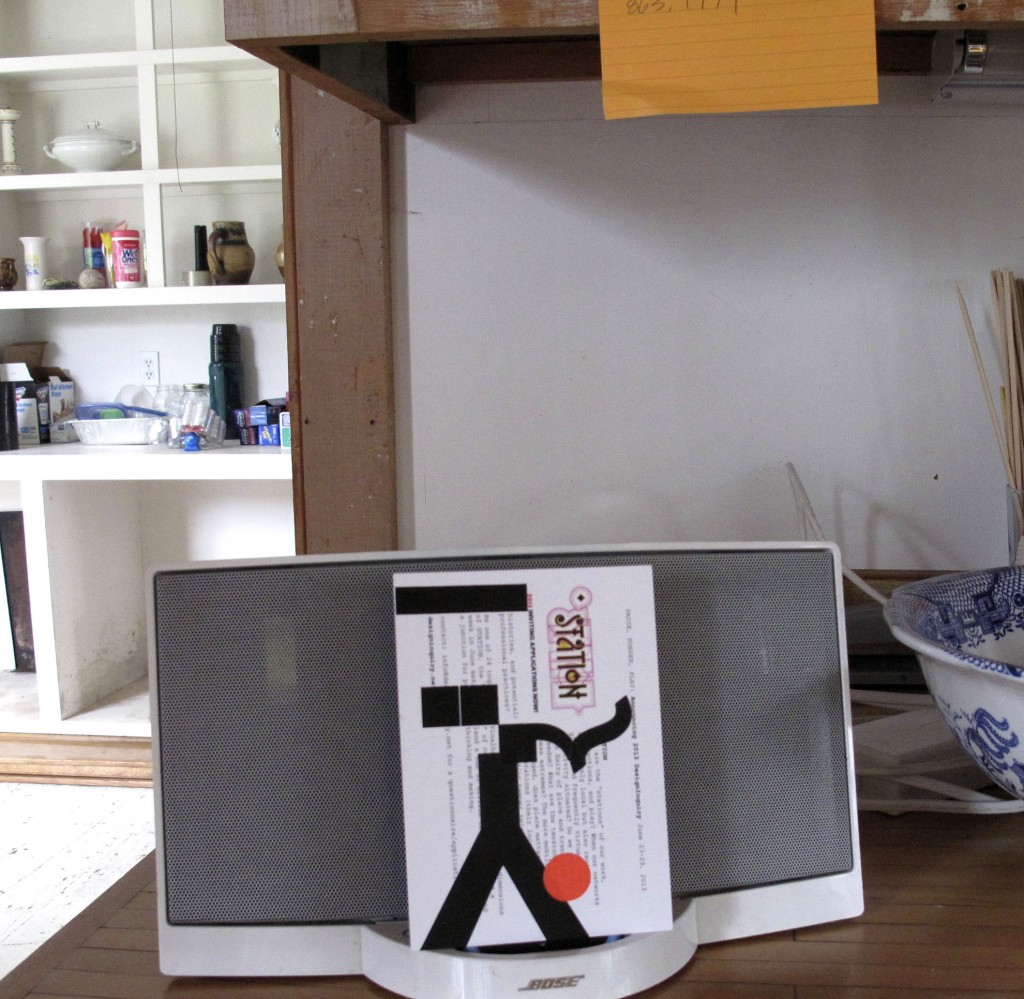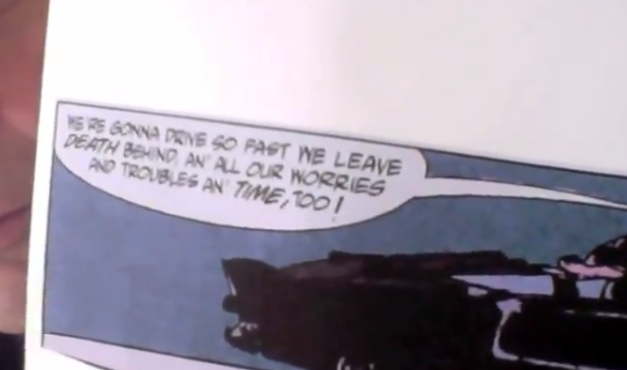ON DISPLACEMENT
Marfa is a refuge for the displaced. Marginals, migrants, and the mysterious converge on this destination, as a retreat from the socialized normalcy of ordinary life. A restaurant resurrected from the bones of a service station for passing journeymen, and an abandoned Prada boutique in the barren Chinati desert are emblematic of this transient, eclectic community. Nothing is what it seems.
Marfa is a paradoxical wonder. Forever moored in a seemingly endless landscape of scorched earth, monumental artworks court art world pilgrims. Far from the sterile and frantic culture machine, these works require time and commitment, defying the rationality and logic of a capitalist market. This is the town that Donald Judd built.
MARFA DISPLACED
CONCEPTUAL DRIFTING
In Marfa, I am a pedestrian, a flâneur, and a tourist. It is rare to encounter locals who can claim long-term familial ties to the region beyond mere decades. We are all outsiders or transplants drifting through the dusty landscape like so many travelers and tradesmen who have gone before. This is a site of reinvention, bearing the scars and wrinkles of each passing population. Cycles of birth, decline, and renewal are evidenced without shame.
A four-block parcel of land, bounded by side-streets and alleyways is the site of a typographic intervention. Contemplating issues of displacement and shifting identities, I explore a microcosm of the town focusing on the banal, the discarded, and the unwanted detritus of the region. Through repeated passes of increasingly familiar locations, I wear out a continuous path spelling out the letterforms M-A-R-F-A. As a de facto archaeologist of the hard-worn streets, I study the culture of waste and ephemera. A beer cap from an unknown brewery. A candy-coloured straw. A mobile telephone. These traces are important clues, aggregating into a portrait of the built environment and its inhabitants.
Each juncture signals a shift in direction. Left, right, right, left, right. As a subtle intervention in the landscape, I transport one item to a new destination with every change in course. Document. Record. Repeat. This exercise provides an intimate connection to the place that cannot be experienced in the showy Foundations and tourist literature. Yes, Raymond Williams, “culture is ordinary.”




